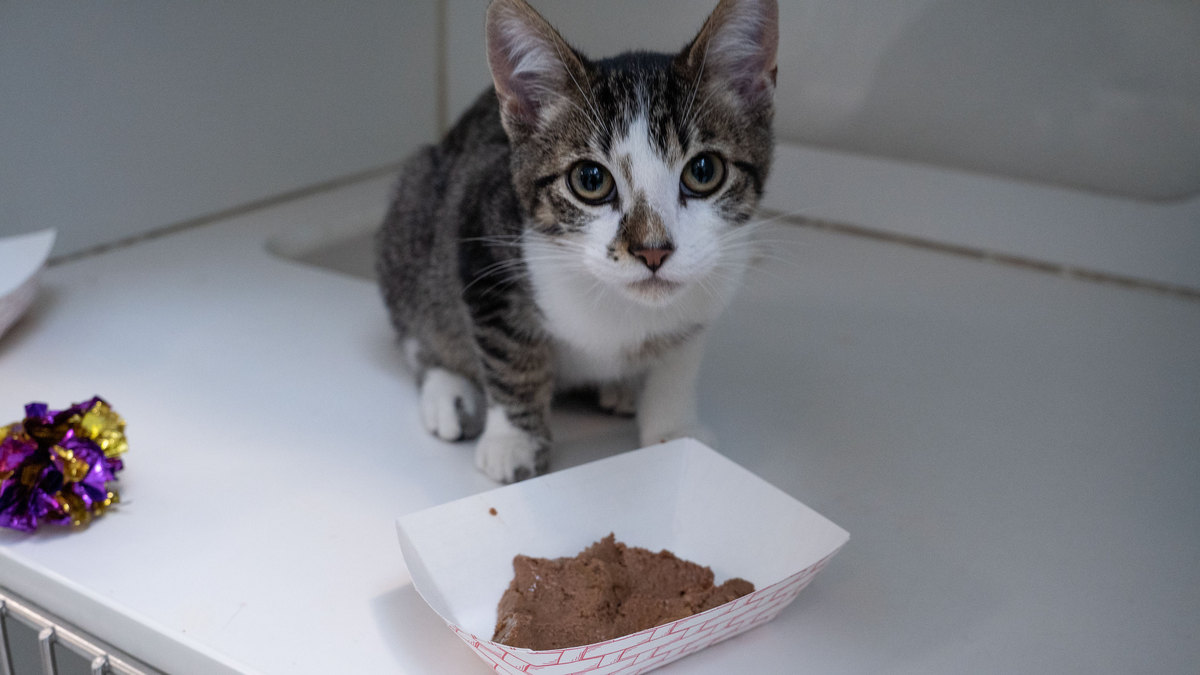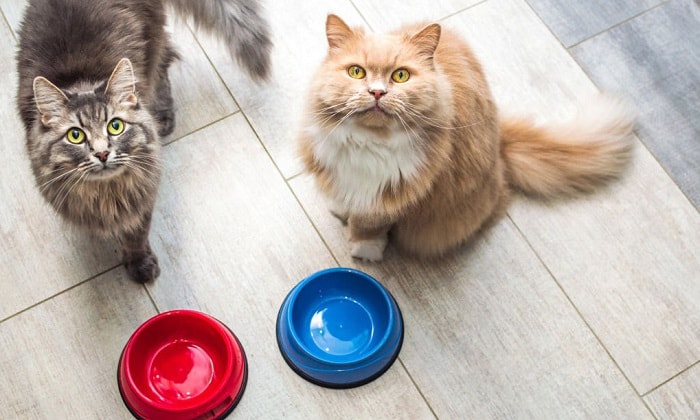Introduction: Understanding the Challenge Ahead
The year 2023 brought unforeseen challenges to the pet food industry, with shortages and disruptions impacting the availability of various pet food products. As pet owners grapple with limited options and rising prices, it becomes essential to explore alternative solutions to ensure the well-being of our furry companions. In this article, we’ll delve into the causes of the pet food shortage and present practical solutions and alternatives for pet owners facing this dilemma.
1. Root Causes of the Shortage: Unraveling the Supply Chain Disruptions
The pet food shortage of 2023 stemmed from a combination of factors, including disruptions in the global supply chain, ingredient shortages, and production challenges exacerbated by the COVID-19 pandemic. Supply chain bottlenecks, labor shortages, and transportation delays all contributed to the difficulty in sourcing and distributing pet food products, leading to empty shelves and frustrated pet owners.

2. Understanding Pet Nutritional Needs: Making Informed Choices
Amidst the shortage, it’s crucial for pet owners to prioritize their pets’ nutritional requirements when selecting alternative food options. Different pets have varying dietary needs based on factors such as age, breed, and health conditions. Consulting with a veterinarian or pet nutritionist can help determine the most suitable alternative diet for your furry friend, ensuring they receive adequate nourishment despite the scarcity of traditional pet food.
3. Homemade Pet Food: A DIY Approach to Nutrition
One alternative to commercial pet food is homemade pet food, where owners prepare meals for their pets using fresh, wholesome ingredients. Homemade pet food offers greater control over the quality and composition of ingredients, allowing pet owners to tailor meals to their pets’ specific dietary needs and preferences. However, it’s essential to research proper nutrition guidelines and recipes or consult with a veterinary nutritionist to ensure a balanced diet.
4. Transitioning to Raw or Fresh Food Diets: Exploring New Options
Raw or fresh food diets have gained popularity as alternatives to traditional kibble or canned pet food. These diets typically consist of raw meat, bones, fruits, and vegetables, mimicking a more natural diet for pets. While raw diets may not be suitable for all pets and require careful handling to prevent foodborne illness, some owners find them to be a nutritious and satisfying option for their furry companions.
5. Plant-Based and Alternative Protein Sources: Thinking Outside the Box
In response to the pet food shortage, some pet food manufacturers have begun exploring plant-based and alternative protein sources as sustainable alternatives to traditional animal-based ingredients. Ingredients such as peas, lentils, and insect protein offer viable options for formulating nutritious and environmentally friendly pet food products. While plant-based diets may not be suitable for all pets, they can provide a viable solution for owners seeking alternative options amidst the shortage.
6. Supplementing Commercial Diets: Bridging the Gap
For pet owners unable to fully transition to alternative diets, supplementing commercial pet food with additional nutrients can help bridge the nutritional gap and ensure their pets receive essential vitamins and minerals. Supplements such as omega-3 fatty acids, probiotics, and multivitamins can enhance the nutritional value of commercial pet food, supporting overall health and well-being.
Conclusion: Nurturing Our Furry Companions Through Uncertain Times
The 2023 pet food shortage presents a significant challenge for pet owners worldwide, requiring adaptability and resourcefulness to navigate effectively. By understanding the root causes of the shortage, prioritizing pet nutritional needs, and exploring alternative solutions such as homemade diets, raw food options, and plant-based alternatives, pet owners can ensure the health and happiness of their beloved companions despite the constraints of the current market. As we navigate these uncertain times together, let us remain committed to providing the best care for our furry friends, ensuring they thrive and flourish regardless of the challenges we face.










